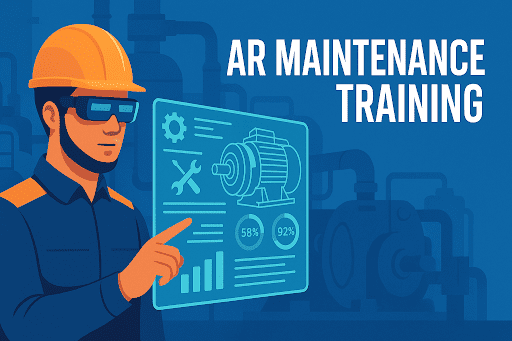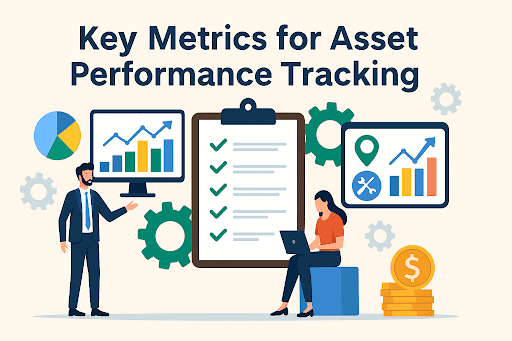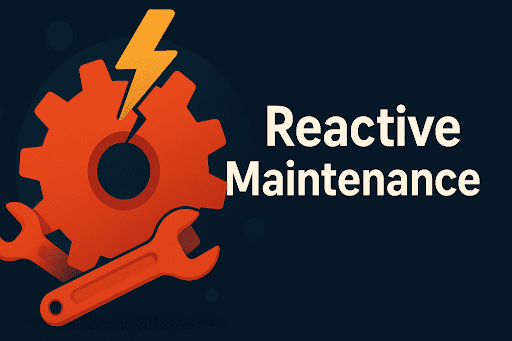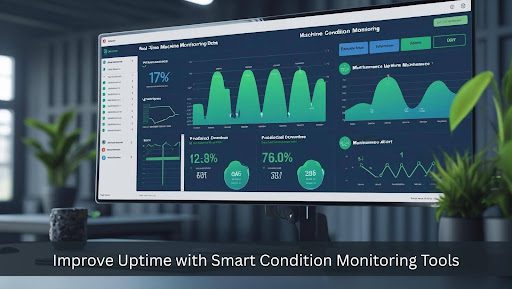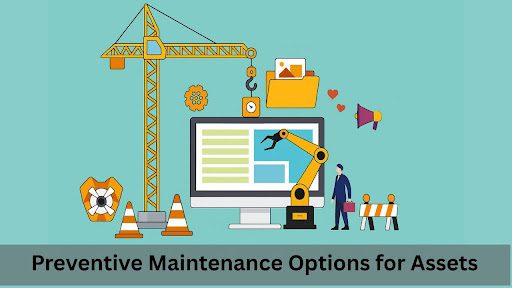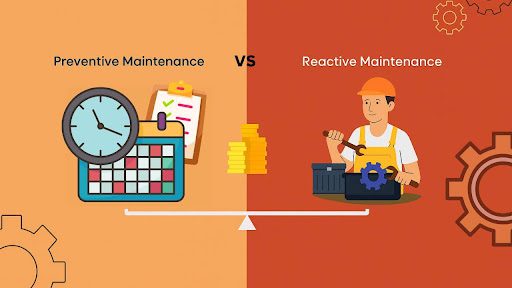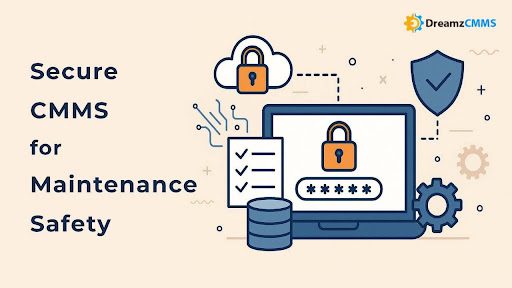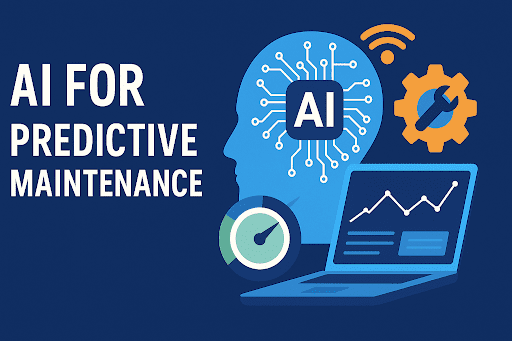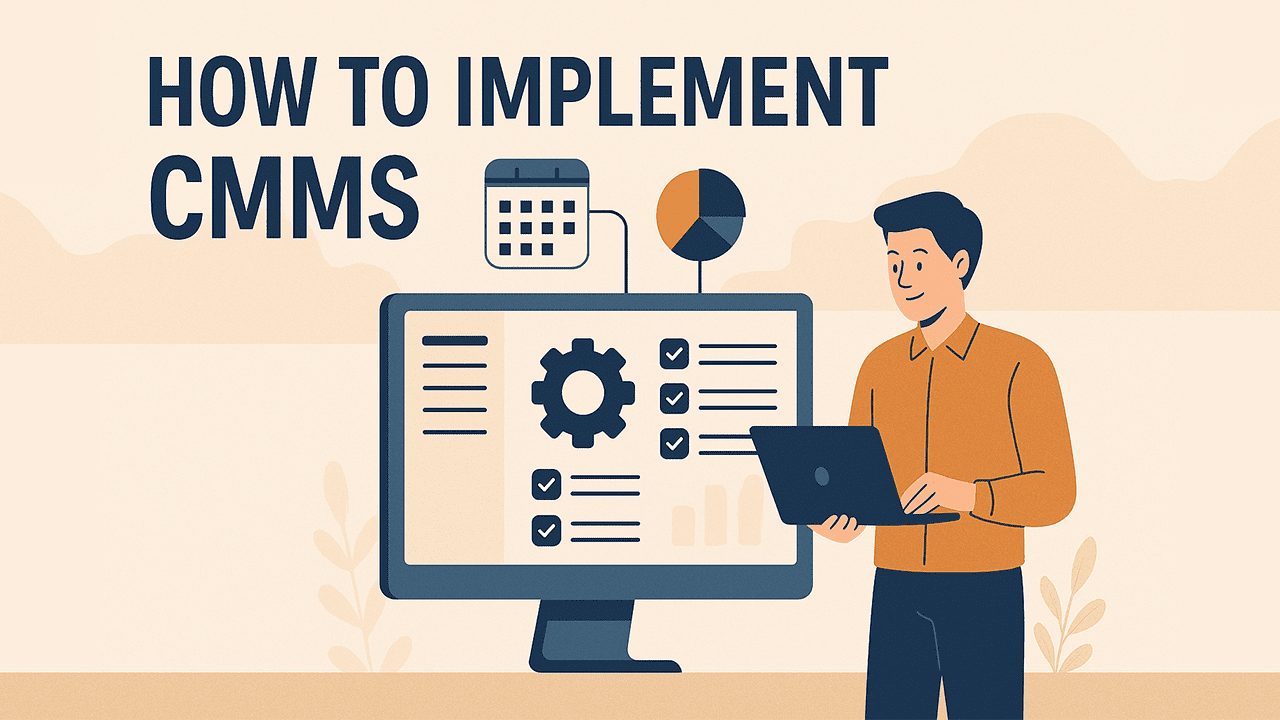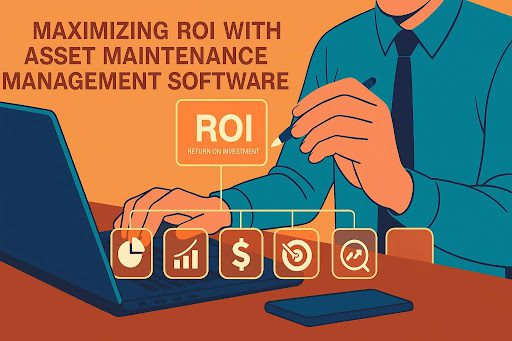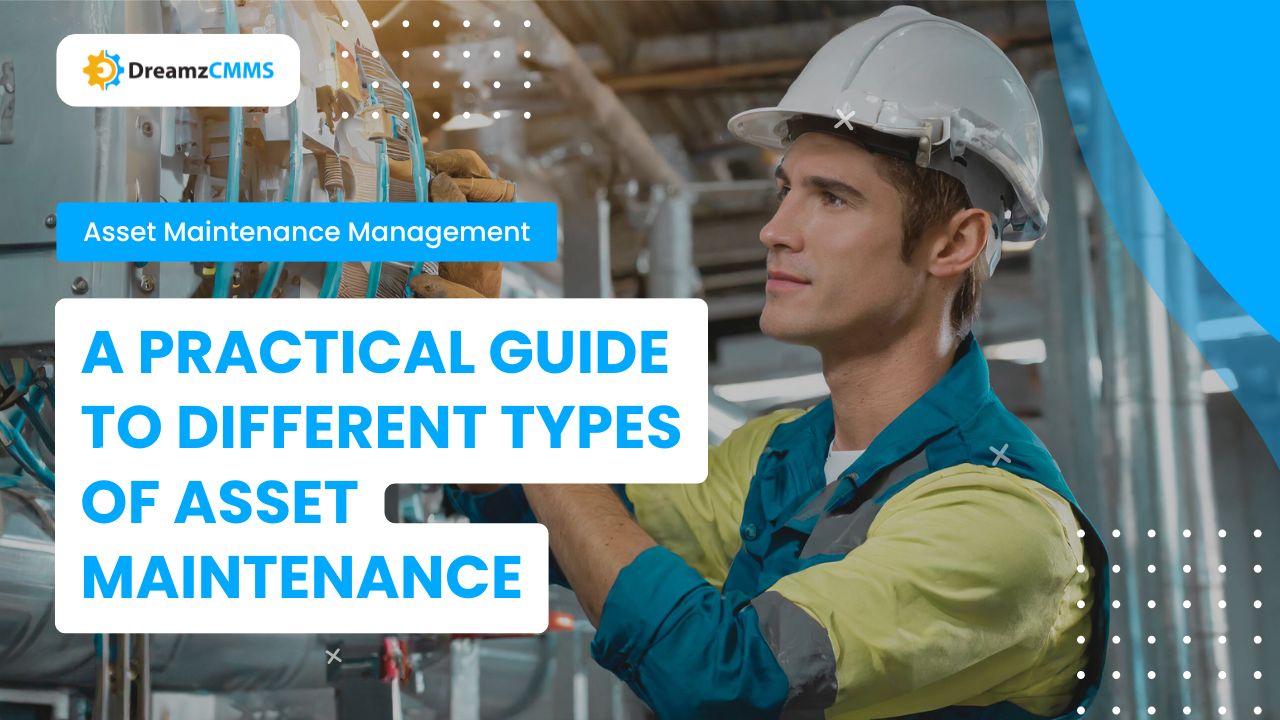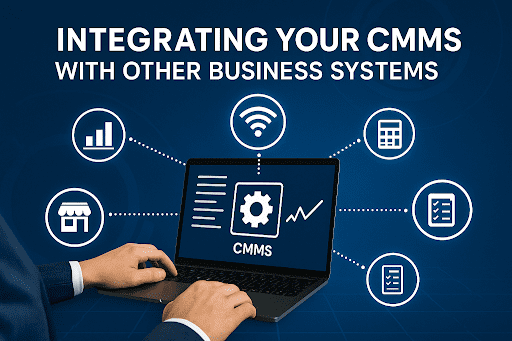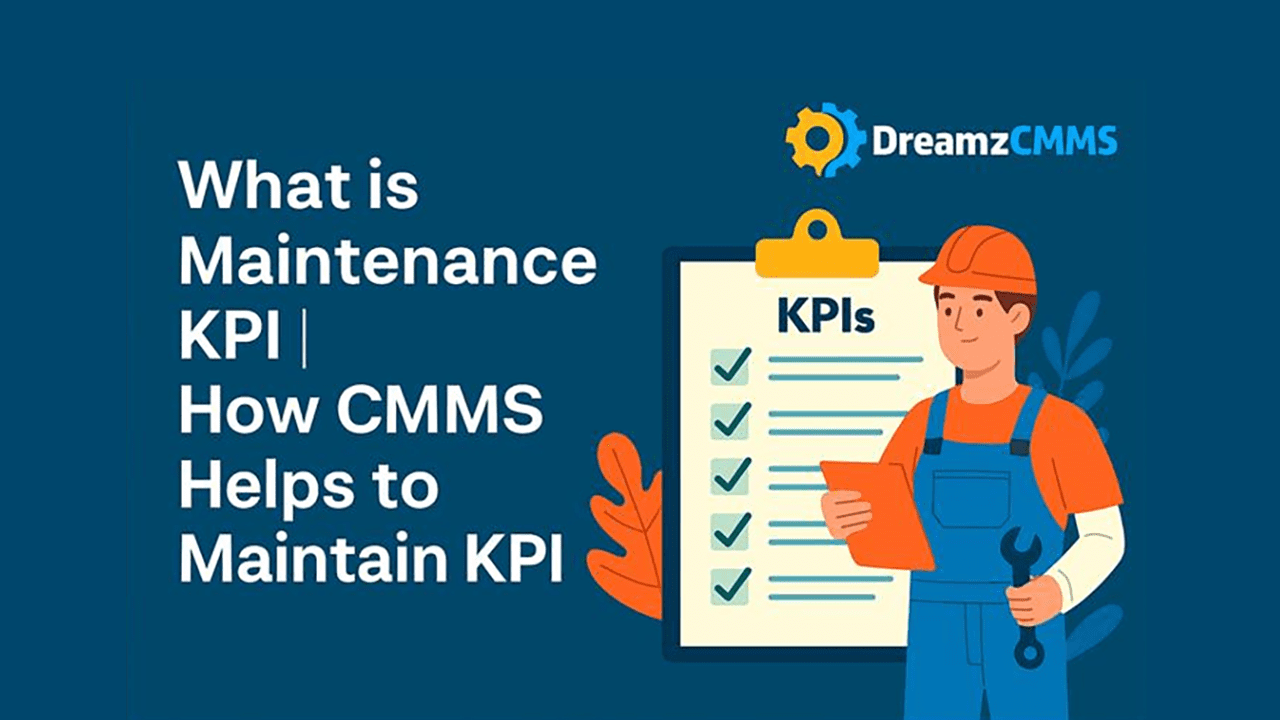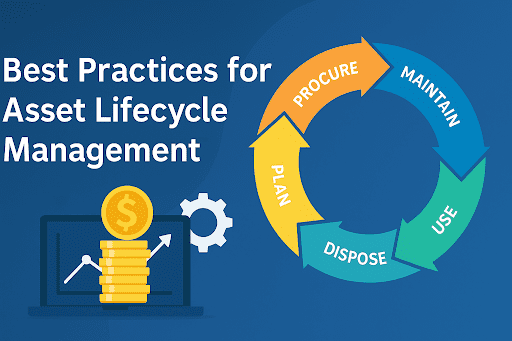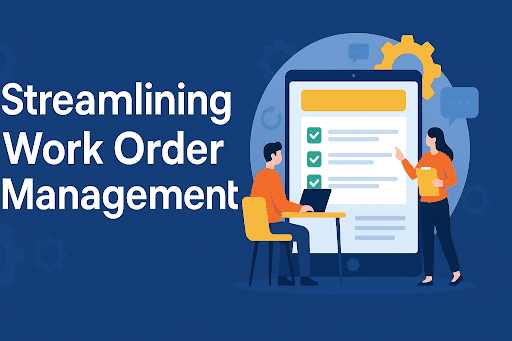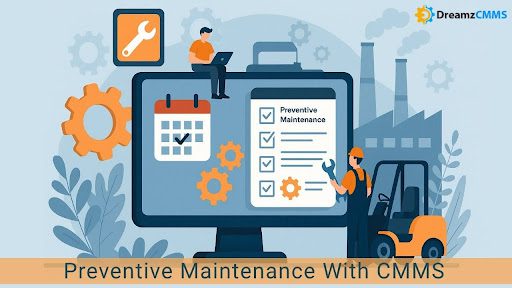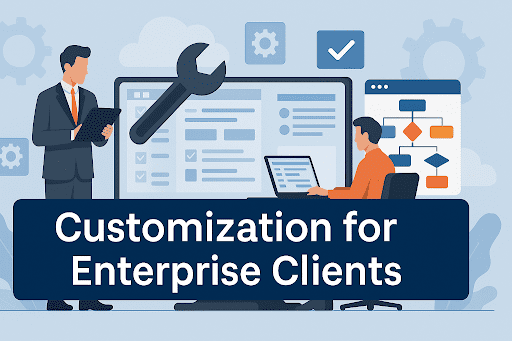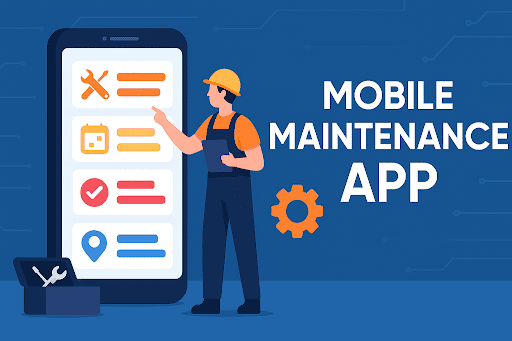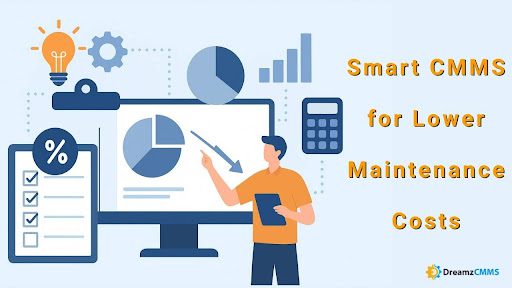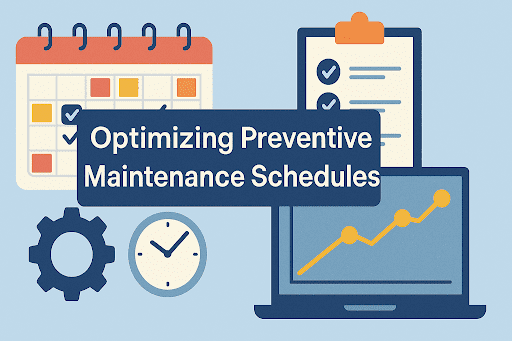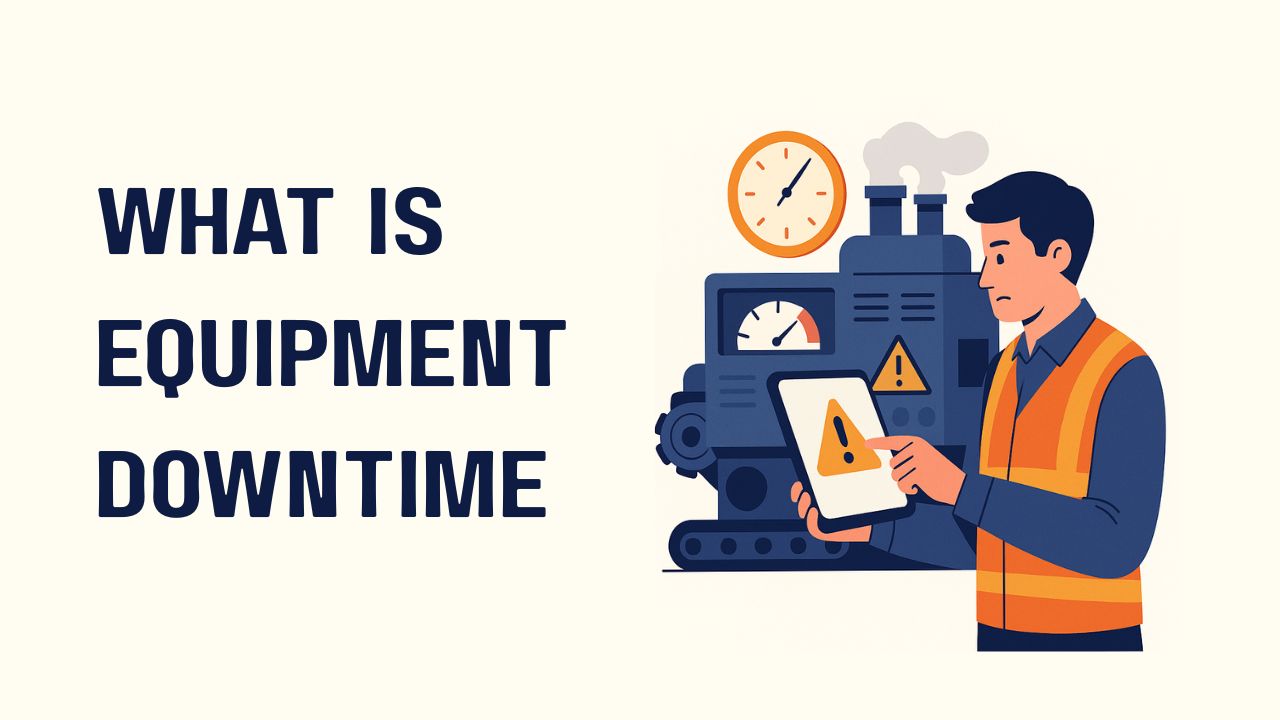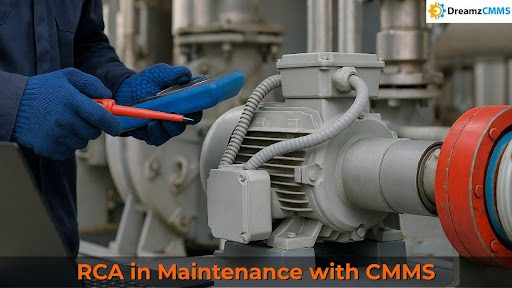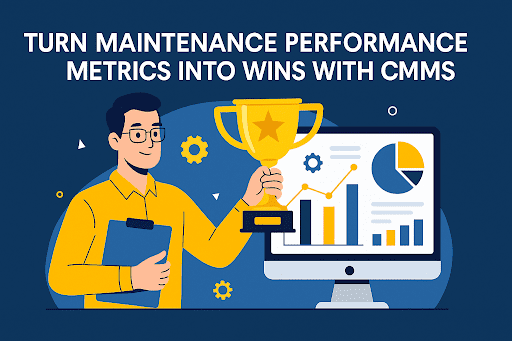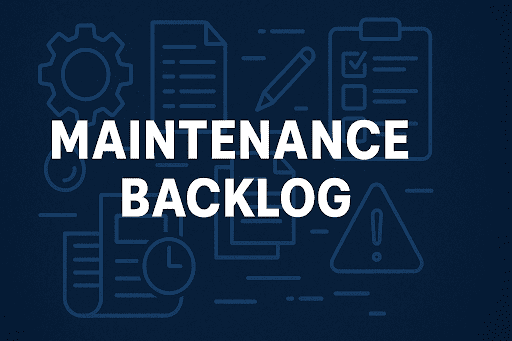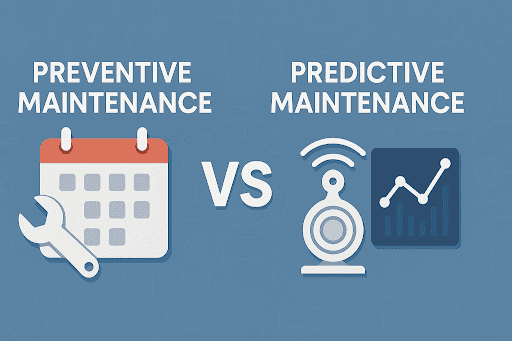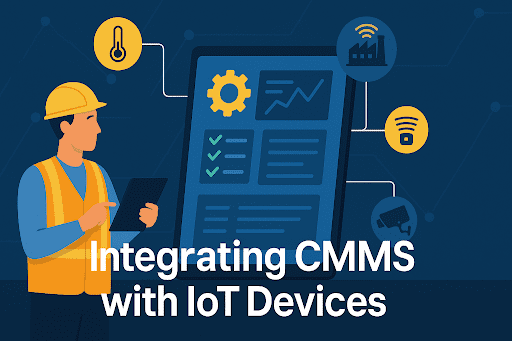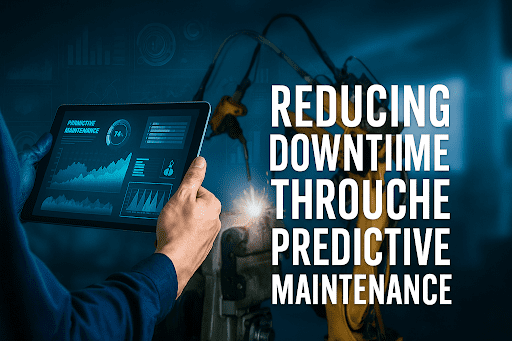 BACK TO Blog
BACK TO Blog
Asset Rental Management
Asset Maintenance
Why “Fix-It-Later” Thinking Is Hurting Your Bottom Line Most executives do not ignore maintenance; they just wait for the red flags. A machine breaks down. A production line halts. A last-minute replacement part costs twice what it should. Then comes the urgent question: “Why was this not prevented?” It is
- May 09, 2025
- DreamzCMMS Team
- 8 minutes read
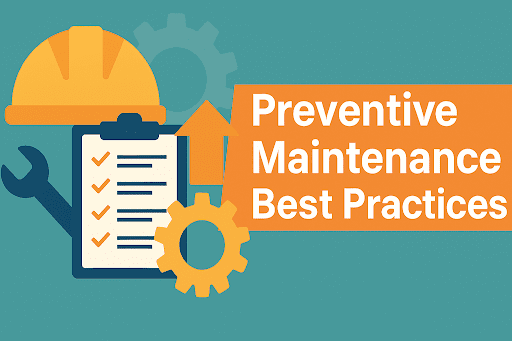
- May 09, 2025
- DreamzCMMS Team
- 8 minutes read
Why “Fix-It-Later” Thinking Is Hurting Your Bottom Line
Most executives do not ignore maintenance; they just wait for the red flags. A machine breaks down. A production line halts. A last-minute replacement part costs twice what it should. Then comes the urgent question: “Why was this not prevented?”
It is not that companies lack the tools. It is that many still rely on reactive maintenance habits: fix it when it fails, rather than anticipate and avoid the failure in the first place.
But downtime is expensive, and unplanned disruptions impact everything: profit margins, safety standards, compliance timelines, and even customer trust. That is why organizations are now doubling down on preventive maintenance best practices turning maintenance into a competitive advantage instead of a hidden cost.
Modern strategies go far beyond checklists. They involve routine maintenance planning, calendar-based scheduling, and CMMS preventive maintenance systems that help leaders spot issues before they escalate. And when done right, they do not just extend asset life—they make operations smoother, teams more productive, and budgets more predictable.
How Top Organizations Are Getting Preventive Maintenance Right
Companies that succeed with preventive maintenance do not just “maintain regularly” they build systems that think of them. This is where CMMS preventive maintenance tools and structured workflows make the difference.
1. CRM Integration for Field Sales Teams
Sales reps spend less time asking questions when they already have answers. By connecting your CRM to your field tools, reps can see customer notes, past orders, and open opportunities in one place. It helps them pick up right where the last conversation left off.
2. ERP Integration with Sales Tools
When reps can see pricing, inventory, and delivery timelines without sending messages or making calls, everyone saves time. With ERP linked to the field, quotes are cleaner, customers get quicker answers, and the back office stays in sync.
With platforms like DreamzCMMS, teams set up calendar-based maintenance scheduling, automate recurring tasks, and assign responsibilities with clear deadlines. Managers no longer rely on memory or spreadsheets. They know exactly when each asset needs service, who is handling it, and what is pending.
But good software alone is not enough. It is the process behind it that drives results.
1. Standardized Maintenance Checklists
Consistency matters. High-performing teams use maintenance checklist best practices to ensure every technician follows the same steps every time. It reduces skipped tasks, improves inspection quality, and supports compliance documentation.
2. Asset Maintenance Optimization
Not every asset needs the same level of attention. Some require monthly calibration, others annual replacement. Smart organizations use asset maintenance optimization to customize plans based on usage, age, and criticality. The result? Less wasted time and fewer surprise failures.
For enterprises managing complex infrastructure or distributed sites, integrating these strategies with broader tools like Facility Management Software brings even more clarity. Now, preventive maintenance is not just about equipment; it becomes a central part of building performance, energy use, and operational uptime.
Ready to Prevent Breakdowns Before They Start?Waiting for failure is expensive. With the right tools, your team can move from reaction to prevention without adding more work. Schedule a Free Demoof DreamzCMMS and discover how smart maintenance scheduling, asset tracking, and automation can keep your operations one step ahead. |
How Maintenance Teams and Tools Work Better Together
Having a plan is one thing; getting everyone on the same page is another. The best maintenance strategies fall apart if teams are out of sync, details get lost, or jobs are left hanging.
That is where maintenance team coordination tools come in. They help assign tasks clearly, track what gets done, and make it easy for techs to report updates without going through layers of back-and-forth.
Now imagine combining that with task automation. You set the rules based on time, usage, or condition and the system takes care of the rest. Jobs show up where and when they are needed. No one has to remember. No one has to follow up.
Tools like Field Service Management Software bring this together in the field. Techs can update task status, log photos, or note issues straight from their phones. It keeps everything moving and keeps your team focused on the work instead of the paperwork.
And when equipment is spread across buildings or locations, RFID Asset Tracking Software helps close the loop. A quick scan shows where things are, what has been done, and what is due next. No more hunting for missing equipment or piecing together service records.
That kind of clarity saves time. But more than that, it builds trust in the system and in the results.
Comparative Study: Reactive vs Preventive Maintenance
| Aspect | Reactive Maintenance | Preventive Maintenance Best Practices |
| Trigger Point | Action begins after equipment fails | Tasks are scheduled in advance to avoid failure |
| Cost Impact | High costs due to emergency repairs and downtime | Lower overall costs through early intervention |
| Asset Lifecycle | Shortened due to wear and breakdowns | Extended through regular inspections and care |
| Downtime | Unplanned and disruptive | Planned and minimal |
| Team Efficiency | Firefighting mode, constant rush | Steady workflows with clearer task allocation |
| Visibility | Limited—issues are handled as they appear | High tasks and status are logged in tools like DreamzCMMS |
| Compliance & Safety | Inconsistent, harder to document | Easier to manage through standardized checklists and logs |
| Cultural Impact | Stressful work culture, higher burnout | Predictable routines, less stress on maintenance teams/td> |
The ROI of preventive maintenance best practices
It is easy to treat maintenance as just another line item but when it is done right, it becomes a value driver. Preventive strategies reduce emergency repairs, extend asset life, and lower long-term operational costs. More than that, they free up teams to focus on performance instead of putting out fires. The return is not just financial, it is cultural, strategic, and operational.
1. Performance Tracking and Preventive KPIs
Many teams schedule maintenance but never measure its impact. High-performing organizations track:
- Mean Time Between Failures (MTBF)
- Maintenance Compliance Rate
- Planned vs. Unplanned Maintenance Ratio
Tools like DreamzCMMS help automate KPI tracking, generate reports, and offer trend analysis across departments.
2. Preventive Maintenance and Asset Rental Alignment
If you manage rented equipment or temporary assets, maintenance planning is even more critical. Integrating preventive tasks with platforms like Asset Rental Management Software helps avoid penalties, extends rental life, and ensures safe returns.
You can schedule inspections before check-ins and flag upcoming service needs during asset use reducing costs and improving reliability across job sites.
3. Training, Culture, and Executive Oversight
Preventive maintenance is not just a technician’s job, it is a leadership priority. Executives must champion a maintenance-first culture, invest in training, and ensure teams have the right tools in place.
A CMMS can automate tasks, but only a culture of consistency makes it stick. That is why best-in-class companies blend automation with routine walk-throughs, monthly reviews, and open feedback from frontline teams.
Quick Stats That Strengthen the Case for Preventive Maintenance
- Organizations with automated preventive maintenance systems experience up to 35% less equipment downtime than those using reactive methods.
- Companies that implement calendar-based scheduling reduce emergency repairs by 25% on average.
- Organizations with automated preventive maintenance systems experience up to 35% less equipment downtime than those using reactive methods.
- Teams using RFID tracking to monitor assets report 40% faster response times during unplanned events
- Businesses that standardize maintenance checklists see a 22% improvement in audit compliance scores.
What Leaders Are Saying
Preventive Maintenance: The Quiet Strategy That Protects Everything Else
Strong companies do not just fix what breaks they invest in systems that help them stay ahead. Preventive maintenance is one of those systems. It does not always make headlines, but it plays a critical role behind the scenes: reducing downtime, supporting safety, and preserving profit margins.
When you combine CMMS preventive maintenance with tools like DreamzCMMS, Field Service Management Software, and Asset Rental Management Software, you are not just scheduling tasks, you are building resilience into your operation. Teams stay informed. Workflows stay aligned. Equipment stays available when you need it most.
And for executives, the benefits show up where it matters: lower repair costs, longer asset life, better compliance, and fewer unplanned surprises.
Take the Next Step Toward Proactive OperationsPreventive maintenance does not have to be complicated. The right tools make it automatic and effective. Book a Free Demo with DreamzCMMS to see how smart scheduling, real-time tracking, and asset data come together to help you reduce downtime, improve reliability, and simplify planning without adding extra work. |
Recommended Reads for Deeper Operational Insight
|
Ready for More?
Talk to one of our CMMS experts and see how DreamzCMMS can simplify your maintenance operations.
Book a free consultation